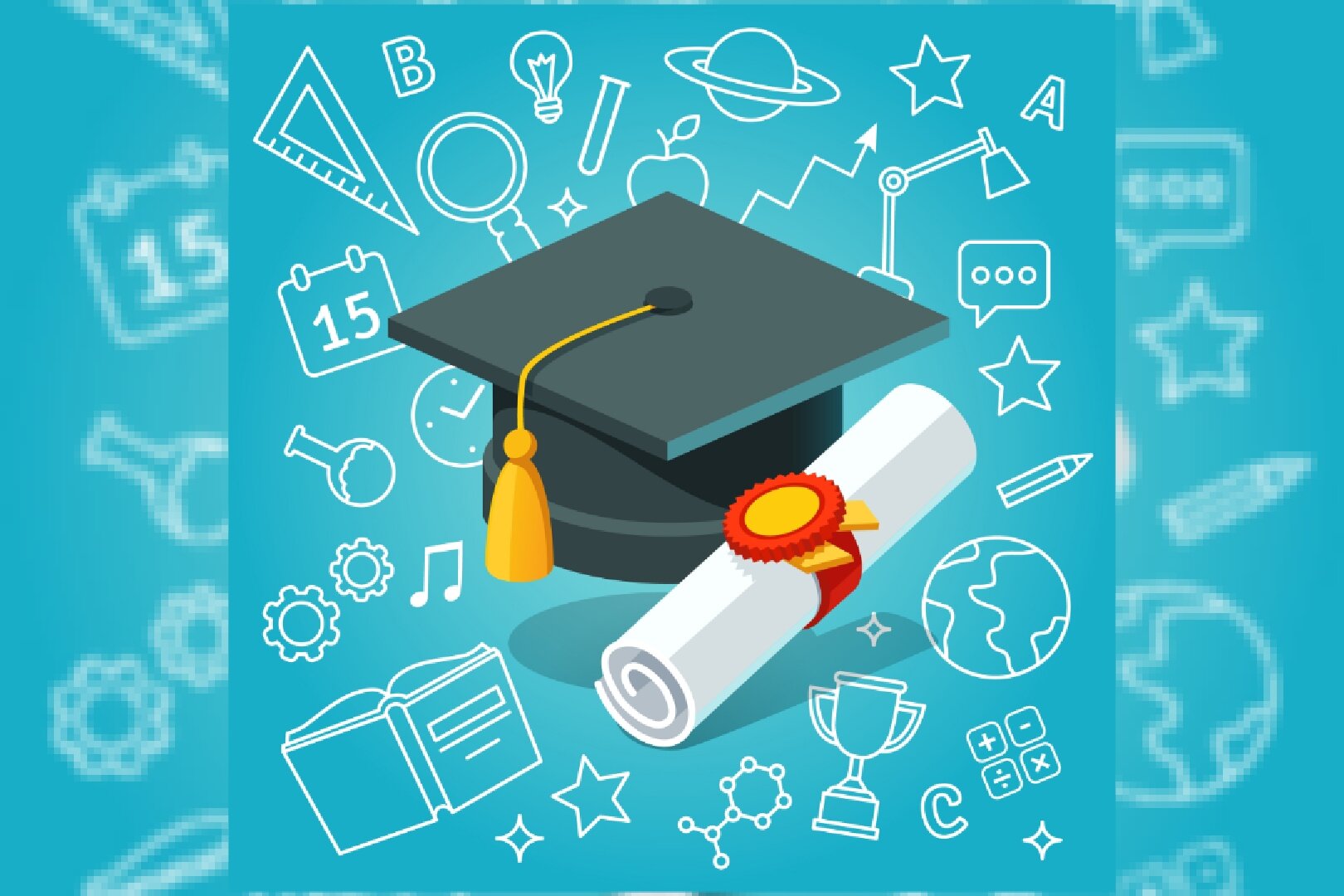The Aam Aadmi Party was elected to power in Delhi in 2015 with a promise to focus on public services, the most crucial being education in government schools that would be on par if not better than private schools. The focus has shifted from formal education to a more holistic education system, producing not only good students but good human beings.
As per the State Budget Analysis Report of RBI, Delhi’s investment towards education as a ratio to aggregate expenditure has been around 20% to 26% since 2015, which is the highest among all the states of India. This massive investment has led to a change in Delhi’s education system by focusing on the following areas:
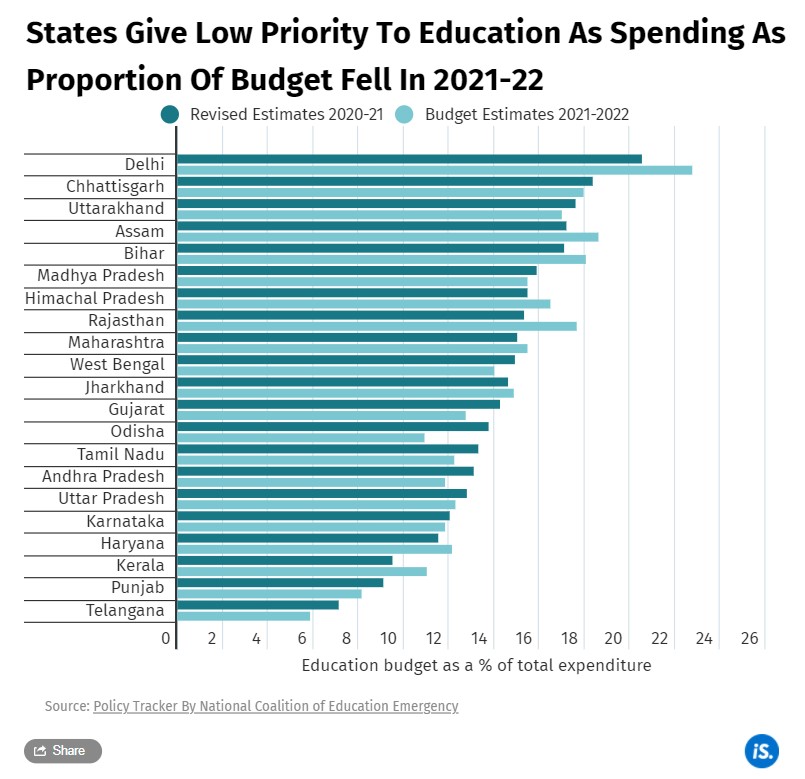
Improving School Infrastructure
A major focus of the education system was on improving the infrastructure facilities across government schools. New school buildings were constructed to account for overflowing classrooms. Now schools have better infrastructure, including laboratories accompanied by modern facilities, SMART classrooms, better sports facilities with synthetic athletic tracks and swimming pools. Estate Managers were hired to look after the school campus, which allowed the principals to focus on other areas. A three-tier library system was also introduced in the schools to improve quality education.
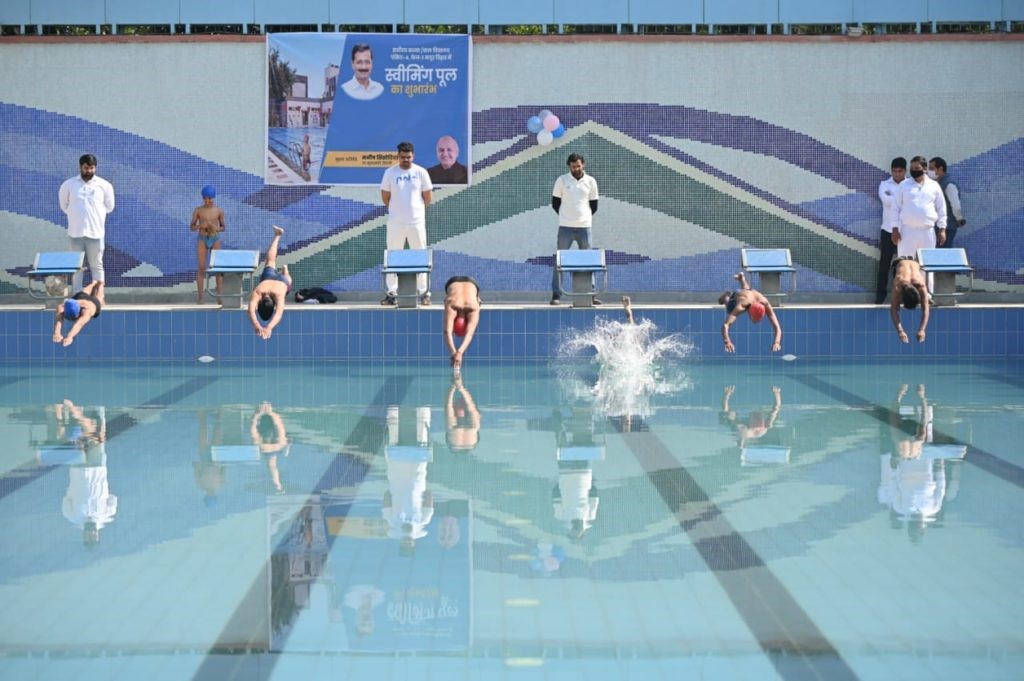
Focus on Principals and Teachers
Sessions were conducted at IIM Ahmedabad and IIM Lucknow to develop leadership qualities. Some heads also attended a programme by Cambridge University and training in Finland to learn about the school education model abroad and implement the best of what they learnt locally. The principals now spend their time preparing budgets and developing a vision to improve the outcomes of the schools.
Peer learning was encouraged among the Heads of Schools to increase a sense of ownership and responsibility. The Mentor Teacher Program was introduced in 2016, which facilitated the implementation of government programmes in schools and provided on-site learning support to teachers. Mentor teachers attended a mentoring course by the National Institute of Education, Singapore. Teacher Development Coordinators were also appointed to assist the principals and teachers.
Various other initiatives were set up by the Delhi government, which included the ‘Jeevan Vidhya Shivir’ focusing on co-existence, ‘Training to special educators’ facilitating inclusive education for children with special needs, ‘Special reforms in Primary Education’ including small libraries to strengthen the foundation of children, ‘Core Academic Unit’ to implement proper research and development while analysing the results and identifying areas for corrective actions. Spacious staff rooms were built, and a tablet was provided to every teacher to ease their duties.
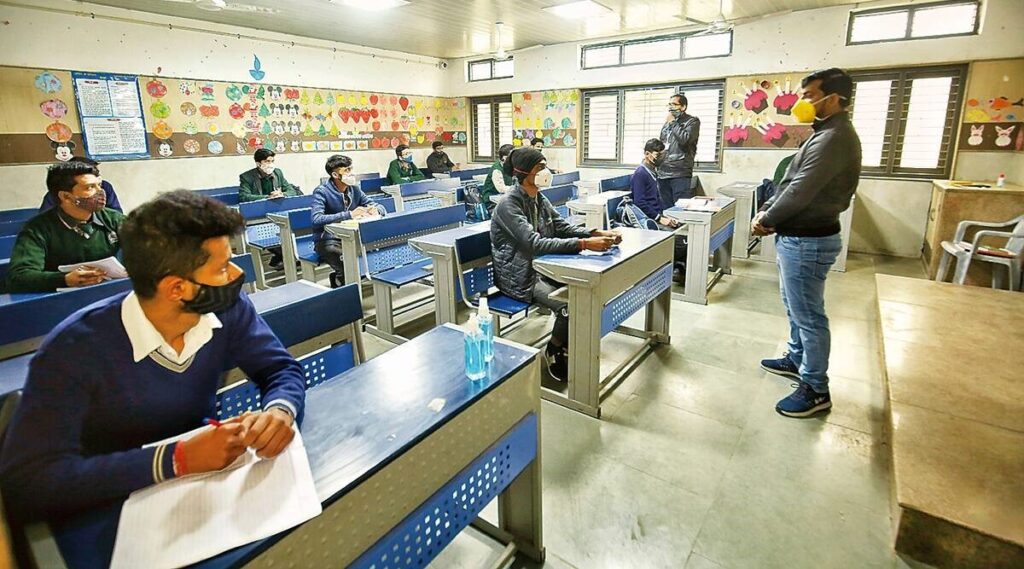
Building a strong school community and involving parents as partners
School Management Committees (SMCs), which are mandatory for every school, were set up through free and fair elections, and regular training was provided to strengthen the knowledge of members. SMC Sabhas were held at the Vidhan Sabha constituency level, which included MLA participation, to solve various issues and provide support to the principals. An SMC App was specially created to help schools and parents directly connect with decision makers.
Mega Parent Teacher Meetings were held every 3–4 months on the same date across all government schools. The Directorate of Education publicised the event across various media outlets, leading to a large number of parents attending the meetings. Parents now have the opportunity to meet and discuss the progress of their children with the teachers.
Focus on each student
A major issue that needed to be tackled was the learning gaps in the students. It was tackled by launching various programmes to upgrade the knowledge of the students, as listed below:
Chunauti 2018– The aim was to bridge the learning gap of students in classes 6 to 8 so that there is an improvement in the pass percentage by the time the students are in class 9. Students were divided into 3 groups based on their learning abilities. The scheme aimed at improving the ability of students to read Hindi and English and solve basic math problems. A special reading campaign tracked by the principals was launched to enable students to read their textbooks. Drop-out students were identified by Anganwadi workers and measures were taken to get them back to school. It was further extended to students of classes 1 to 5. Chief Minister Arvind Kejriwal mentioned that the inspiration behind this reform scheme was Nobel Prize winner Abhijit Banerjee.
Mission Buniyad (2018)- Rejigged in 2022 to recover the learning loss caused by the COVID-19 pandemic for students in classes 3 to 9. They were assigned levels from 1 to 5 based on their foundational literacy and lessons were taught accordingly.
Happiness Curriculum- Launched in 2018, the curriculum includes one period of happiness daily, beginning with a short mindfulness practise followed by an activity or story with reflective discussions. The main focus of this programme was to develop skills like empathy, self-awareness, critical thinking, and collaboration among students from nursery to grade 8.

Other initiatives taken were: organizing ‘Summer Camps’ with the theme of ‘Kuch Masti, Kuch Padhai” to encourage peer interaction, building special ‘Schools of Excellence’ with world-class facilities, issuing additional materials under the ‘Pragati Series’ to help understand concepts, introducing special ‘Spoken English Classes’ to improve the quality of English of senior class students and providing ‘Educational and Vocational Guidance Counselors (EVGCs)’ to conduct sessions on general counselling and stress management.
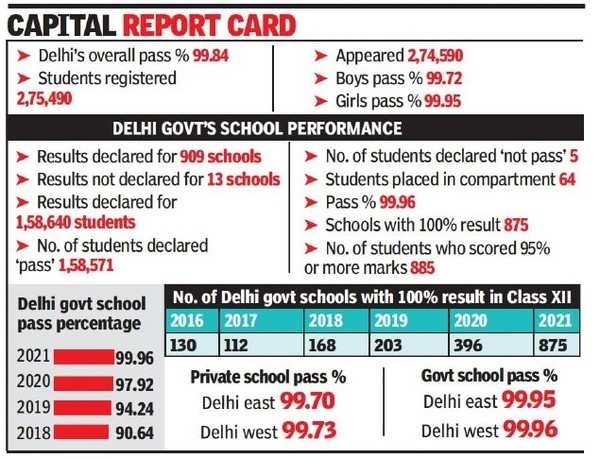
These education reforms have to be implemented within the parameters set by the National Education Policy 2020. In India, politics and education are often seen through the same lens. Though the AAP claims to have achieved a great feat, the opposition parties think differently.
The pass percentage of Class 12 has increased from 85.9% in 2016 to 99.96% in 2021. Though the figure in 2022 dropped to 96.29%, it seems that the education system is moving in the right direction. Increased budget allocation to education, regular school visits by high authorities and high levels of transparency are key to transforming inequalities in the education system.
Written by Nasha Rana
Edited by Hrishita Desai

